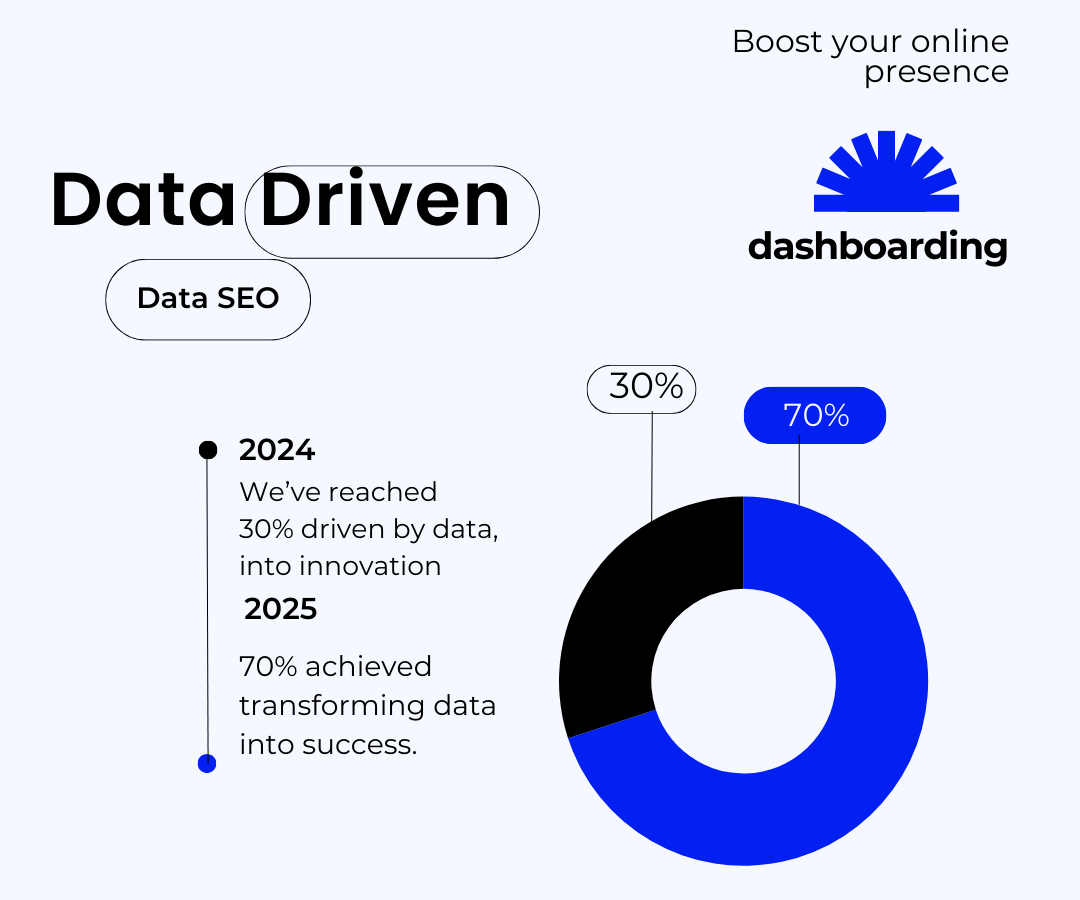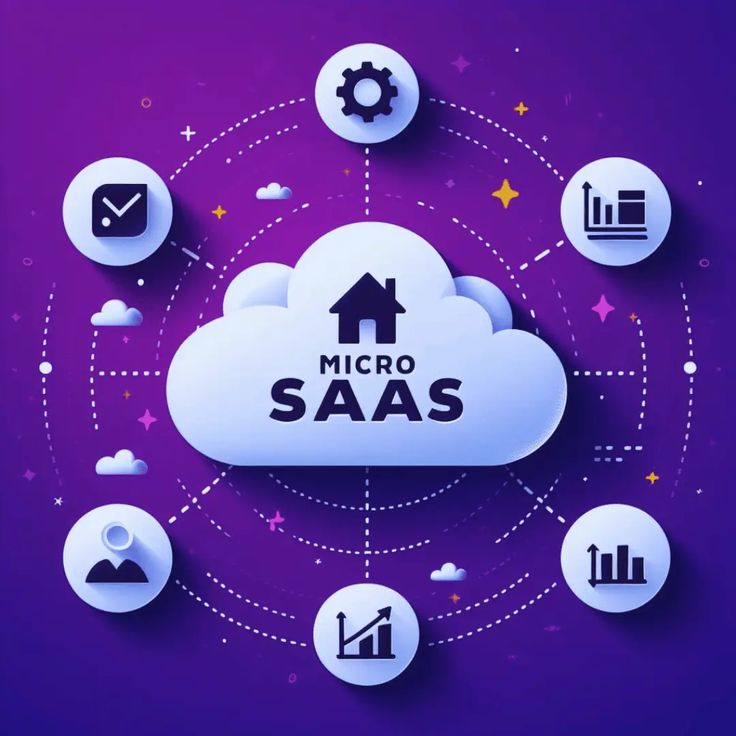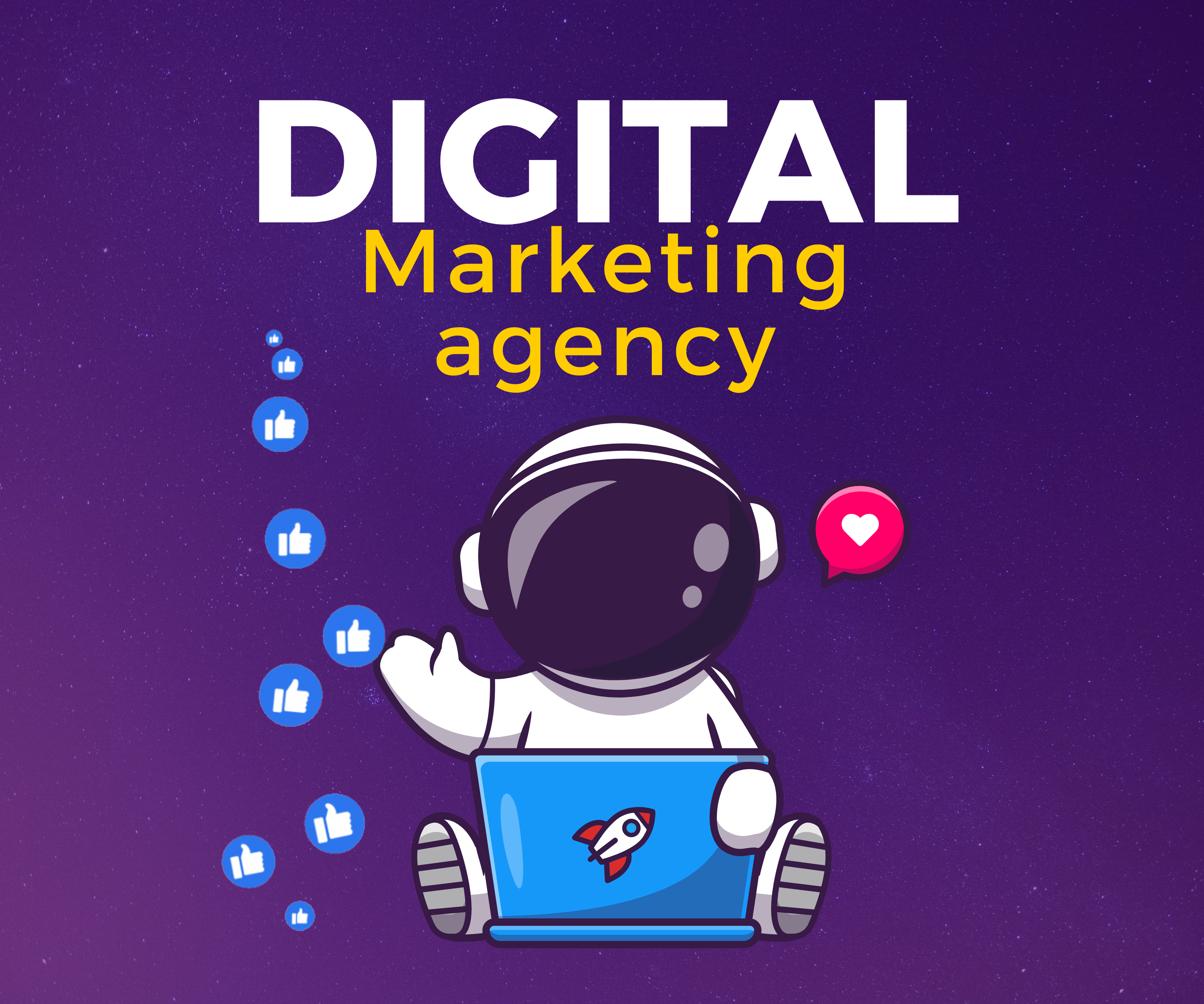Introduction
We live in a world where every click, scroll, and interaction generates data. Yet many businesses still operate based on gut feelings, assumptions, or outdated reports. A data-driven strategy flips the script: it means making every decision — from product development to marketing — based on clear, actionable insights. In 2025, being data-informed is no longer optional. It’s a requirement for sustainable growth, smarter spending, and long-term customer loyalty.
Development
1. What Does “Data-Driven” Really Mean?
Being data-driven is not just about tracking numbers — it’s about building a culture that values facts over assumptions. A truly data-driven company:
- Collects data from all touchpoints (website, ads, CRM, support, social media).
- Centralizes that data into dashboards or systems (Google Analytics, Looker Studio, HubSpot, etc.).
- Uses this data to test hypotheses, validate strategies, and make improvements.
- Empowers teams — from sales to design — to act on insights.
The goal isn’t to replace intuition, but to enhance it with evidence.
2. Data in Marketing: From Guesswork to Precision
In marketing, a data-driven approach changes everything:
- Audience segmentation becomes more refined, targeting users based on behavior, location, or purchase history.
- Ad performance is no longer judged by impressions but by conversion rates, ROAS (Return on Ad Spend), and lifetime value.
- Email marketing adapts to user actions, delivering personalized content at the right moment.
- A/B testing becomes a culture: headlines, CTAs, images, layouts — nothing is left to chance.
Result? Higher ROI, less waste, and faster optimization.
3. Data in Product and UX: Designing with Purpose
Data-driven product design means observing real behavior rather than guessing user needs. Teams use tools like:
- Heatmaps and session recordings (Hotjar, Clarity) to see where users struggle.
- Conversion funnels to identify where and why people drop off.
- Customer feedback analysis through AI or NLP tools to detect recurring issues or desires.
- Cohort analysis to track how different user groups evolve over time.
The product evolves not because someone « thinks » it should — but because the numbers clearly show what users want.
4. Challenges in Becoming Data-Driven
Transitioning to a data-driven model isn’t easy. Common obstacles include:
- Data silos between departments.
- Lack of analytical skills across the team.
- Poor data hygiene (incomplete, duplicated, or incorrect data).
- Analysis paralysis — having data but not knowing what to do with it.
The solution? Create clear KPIs, clean your data regularly, and educate your team to read and act on analytics. Data without action is just noise.
5. Tools That Power Data-Driven Organizations
To become truly data-driven, the right tools matter. Some of the most effective platforms include:
- Google Analytics 4 for web behavior tracking.
- Looker Studio or Power BI for dynamic reporting.
- HubSpot / Salesforce for sales and customer insights.
- Hotjar, FullStory for UX behavior analysis.
- Klaviyo, Segment for behavioral marketing automation.
The key is integration — aligning tools across departments to form a single source of truth.
Conclusion
In 2025, data is not just a byproduct — it’s a business asset. Companies that embrace a data-driven mindset operate with greater clarity, speed, and confidence. They stop guessing and start growing. Whether you’re optimizing ads, improving UX, or scaling your business, data helps you focus on what works, cut what doesn’t, and make smarter decisions — every day. Being data-driven isn’t about tracking more — it’s about acting better.





